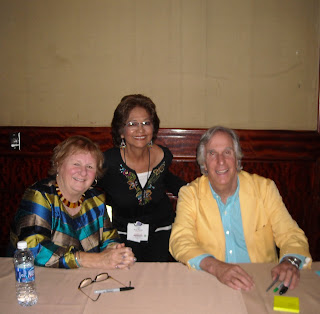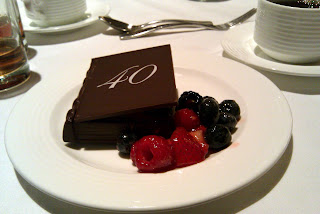One of the sessions I attended at SCBWI-LA was on “First Pages,” or what some of us call, “the hook.” Three YA books were recommended as examples of great first 500 words:
The Sky is Everywhere by Jandy Nelson
Chime by Franny Billingsley
I’ll Be There by Holly Goldberg Sloan
 |
| Los Angeles |
Author Nathan Branford’s blog, “Five openings to avoid,” offers tips on how not to start your first pages. On his post, he writes: “I am saying that you should think once, twice, and five thousand times about using these.” So take a look.
Here’s a treat if you want to take a peek at the Spring 2012 children’s books posted by Publishers Weekly.
“Search through your childhood memories and rediscover what it felt like to live in the world of a child; the joys, the fears, and the dreams.” — Audrey Wood








